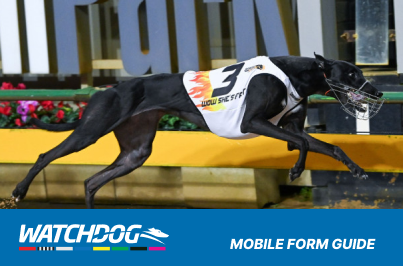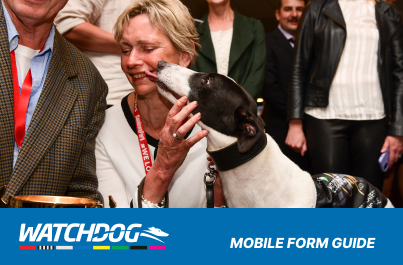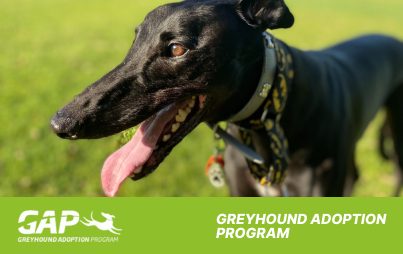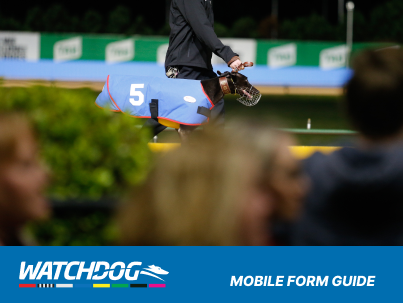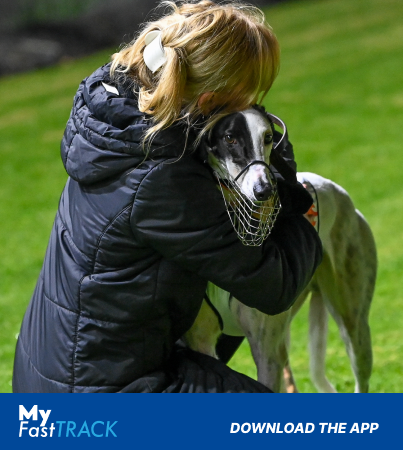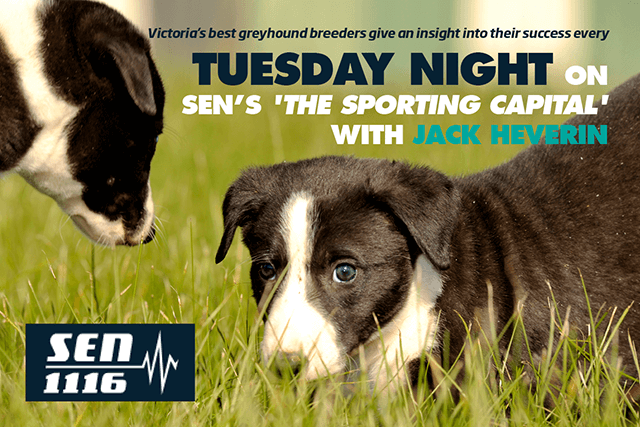Rose and David Geall have had tremendous success as breeders, with their greatest success story being champion greyhound Up Hill Jill. Through trial and error, they believe they have found a formula for success, particularly when it comes to rearing.
I am looking for...
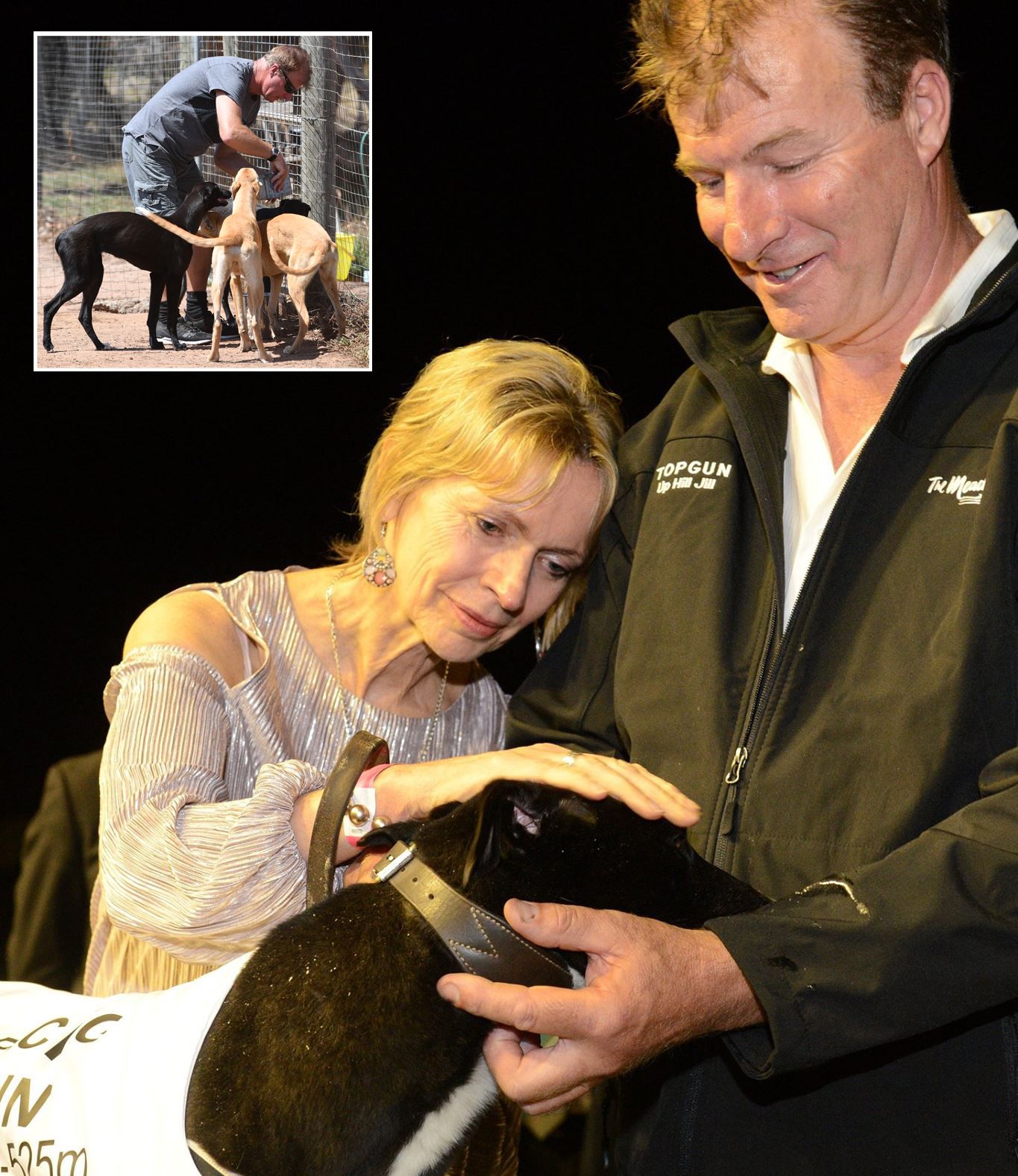
- Tuesday, 13 Feb, 2018,
- by Andrew Copley
Breeder says ‘no’ to handling pups by collars
Accomplished breeder David Geall believes a small contributing factor assists in rearing winners.
While established greyhound breeders agree that a combination of quality bloodlines, a balanced diet, regular handling and the right amount of exercise is vital to achieving sustainable success, Geall says the way in which people handle their pups shouldn’t be underestimated.
“One of the things we don’t do, which is a little unorthodox and something I call a one percenter, is that we don’t put collars on our pups, but we teach our pups to walk on a lead and collar from the start as handling a 12 month old pup by a collar tends to spook them. Most pups don’t like being handled purely by a collar (without a lead), and it can lower their confidence and make it harder to break them in,” Geall said.
Geall and wife Rose breed one litter per year and, as well as reigning Topgun winner Up Hill Jill, have bred a number of talented greyhounds including group class pair Sir Charleton and Striker Klinsman, along with Newcastle Ranger, One Step Beyond, Nayla Swift and El Rio, the latter having 18 wins from 100 starts. Their latest exciting prospect is Up Hill Jill’s younger half brother, My Redeemer, who won the Cranbourne Vic Breeders final (520m) earlier this year and has also won at Wentworth Park (520m).
“The way we rear has come about from trial and error, and in 18 litters we’ve bred, 17 litters of pups have reached the race track and won,” Geall said.
Further articulating the Gealls’ success is the number of winners two of their current brood matrons have produced.
“Of the 24 Where’s Demonica’s pups that went to the breakers, 23 so far have won, while 27 out of 36 pups out of So Faithful have also won races,” Geall said.
The Lara couple have confidence in their rearing methods, which has helped to get a winning formula.
“Most pups don’t like being handled purely by a collar (without a lead), and it can lower their confidence and make it harder to break them in.”
“We are extremely regimented with what we do with our greyhounds between 3-13 months of age. For instance, at 12 weeks of age we wean them off their mother and move them to a paddock ¾ acre in size. From three months up until about eight months we get them to chase a synthetic squeaker on a rope, every six weeks. We find that this is important in teaching them the enjoyment of chasing something and is the first step in their education. We have found through experience that doing this any more than about once every six weeks, they can lose interest. We stop doing this at eight months of age because by that time the instinct and enjoyment to chase is psychologically embedded in them.”
“At about 14 months we send our pups away to Kevin McNamara to be broken-in, but before that we have a pre-break in period of about four weeks, which starts at 12-13 months of age. We do a number of things with them during those four weeks including taking them to viewing kennels at a trial track to watch other dogs trial, then I give them two goes in a bullring to encourage them to chase the lure in a circle and, once they are happy doing that, I give them two hand-slips behind the lure on a trial track.”
“We find that by putting this time and effort into our pups makes them a lot easier for the educator to break them in and, while I’m not sure what our strike rate is, almost every pup we have bred in the past five years has made it to the track and won.”
Geall is also very particular about what he feeds his pups and acknowledged the importance of human interaction.
“We feed our pups meat from the butcher with a high fat content, kibble, sardines and a calcium/vitamin supplement powder for dinner. They also get milk and kibble for breakfast each morning,” he said.
“We handle and play with them twice a day at feeding time and we ramp up the handling during the time they are 12-16 months of age. That’s where they spend plenty of time on a collar and lead wherever they go, be it when we take them to the empty-out yards, going to the bullring, the breakers or wherever,” he said.
Geall also encourages owners to handle and play with their pups as much as possible so that by the time they are 12 months old and ready for the next chapter in their education, they are walking on a lead happy and confident, making it much easier for the breaker to do their job.
Listen to every podcast right here.


Andrew Copley
Communications Manager at Greyhound Racing Victoria with 25 years’ experience as a reporter with National Greyhound Form newspaper and GRV. Former Watchdog form analyst. Adopter of celebrity greyhound, Fred Basset. Victorian Greyhound of the Year and Victorian greyhound racing Hall of Fame panel member.
Featured
Latest news
Watchdog
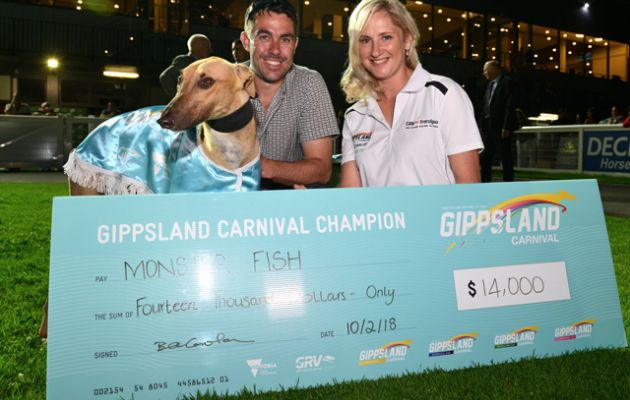

Gippsland champ claims monster bonus
Traralgon and Cranbourne Cup runner-up Monster Fish was formally crowned the…
